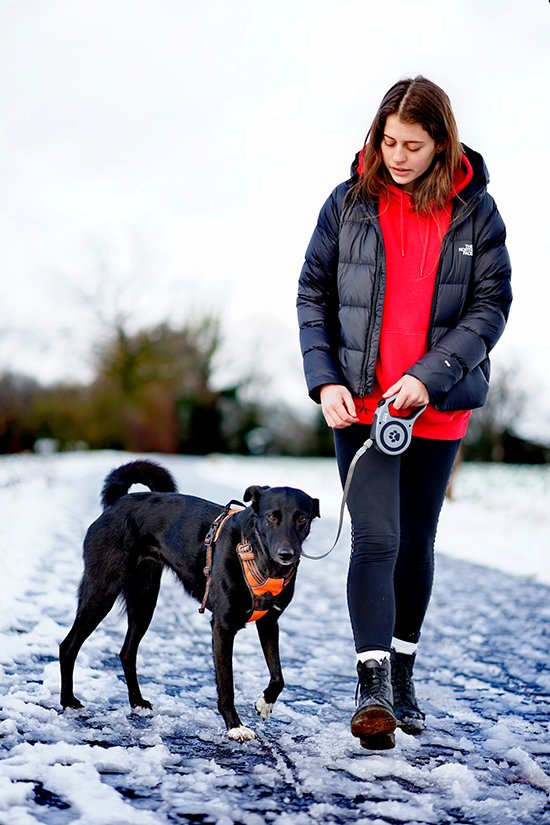5 Ways to Prevent Sprained Ankles this Winter
During the long, cold Indiana winters, ice and snow provide more opportunities for slips, trips and falls…and that adds up to many more fractured or sprained ankles between January and April. Want to avoid this painful injury? We’re here to help with our top five tips for preventing winter ankle sprains. But first, let’s take a closer look at this painful, often misunderstood injury.
What is an Ankle Sprain?
When you turn your ankle in the wrong direction, or overextend your range of motion, you may sprain your ankle. With this type of injury, you strain or tear the ligaments in your ankle. Symptoms of a sprained ankle include:
Bruising
Swelling
Tenderness
Difficulty bearing weight
Many sprains are mild. In fact, you may be able to walk after sustaining this injury. But others are more serious and can make any type of movement impossible.
As such, we grade ankle sprains with three classifications.
Grade 1: Your ligaments are lightly stretched, and any swelling or tenderness is minor.
Grade 2: With this degree of injury, your ankle ligaments tear mildly, but not completely, triggering noticeable swelling and less stability in your ankle joint.
Grade 3: Your ligaments tear completely, destroying all ankle joint stability.
Regardless of your degree of injury, ankle sprains are serious. You need to see our Westfield podiatrist to diagnose and treat your ankle injury, or you’ll likely face recurring problems.
Even better? Follow our five tips to help keep your ankles safe and prevent ankle sprains this winter.
5 Ways to Stop Winter Ankle Sprains
1.Slow down. Rushing through wintry conditions can distract you from hidden icy patches, or throw your center of gravity off balance, leaving you vulnerable to slips, twists and falls.
2. Get a grip. Look for cold-weather boots equipped with soles that have plenty of traction. This can keep your feet stable—and untwisted.
3. Stick with your orthotics. Even when you switch out your supportive athletic shoes for winter boots, remember that your orthotic inserts keep you stable. So you should wear orthotics all winter long, or you may be more vulnerable to falls due to loss of balance.
4. Embrace rehab. If you’ve had an ankle injury in the past, you’re at a higher risk of reinjury. To avoid concerns, ask Dr. Sullivan about ankle strengthening exercises that can help you regain stability after an injury.
5. Ask for help! If you stepped strangely while out in the cold, don’t try to walk off any ankle pain. Instead, ask for an immediate appointment. We’ll diagnose any injury, stabilize your ankle and make sure you get on the straight path to a full recovery.


